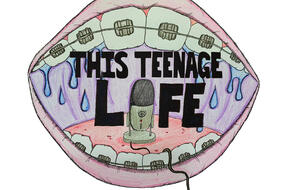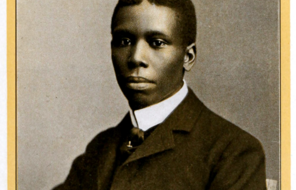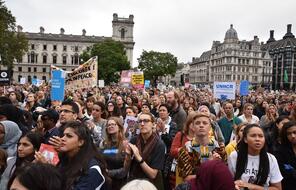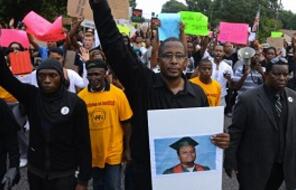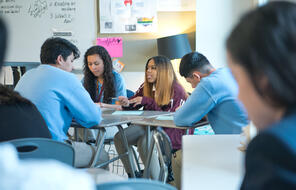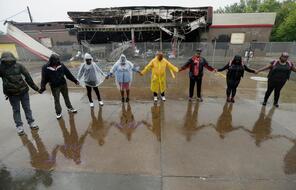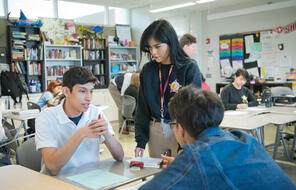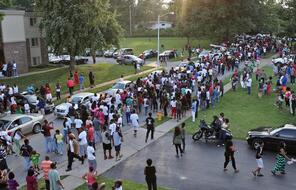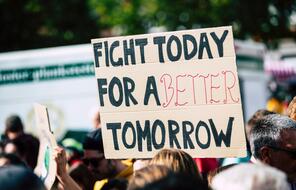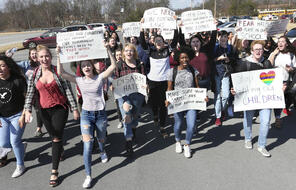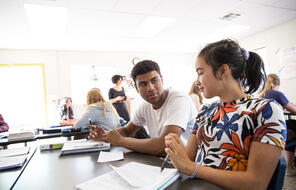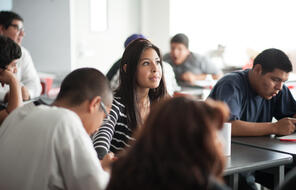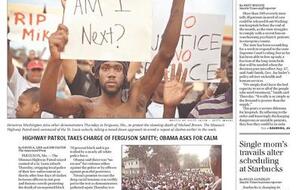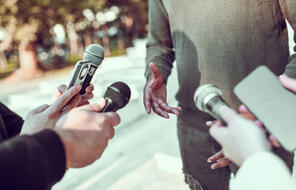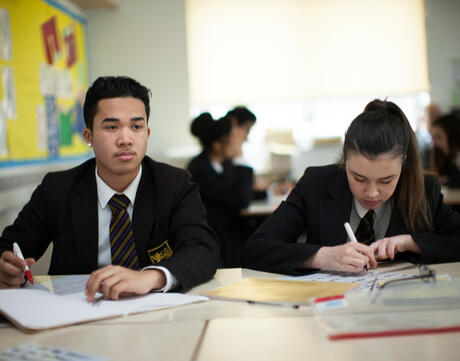
What Aspects of Our Identities Do We Show to Others?
Duration
Two 50-min class periodsSubject
- Civics & Citizenship
Grade
6Language
English — USPublished
Overview
About This Lesson
In previous lessons, students have focused on various factors that shape our identities. They have learned that our answer to the question “Who am I?” is influenced by biographical characteristics and personal experiences. We define ourselves. At the same time, others choose labels for us. In this lesson, students begin to synthesize their understanding of identity through the creation of a mask.
For centuries, various cultures have used masks as a way to express individual and group identity. In some cultures masks are an important part of spiritual rituals. In other cultures they are part of national traditions such as celebrations of war or independence. Masks play a role in life-cycle events such as weddings and funerals. Throughout their exploration of world history, students can learn a great deal about a culture by analyzing the masks used by its people.
Masks also provide a way to visually represent an answer to the question, “Who am I?” Figuratively speaking, people wear masks all of the time. In his critically acclaimed poem, “We Wear the Mask,” Paul Laurence Dunbar writes, “We wear the mask that grins and lies, / It hides our cheeks and shades our eyes.” Dunbar wrote this poem in 1896. At this time, African Americans were often depicted in literature and the media as happy with their lot in life. Yet Dunbar believed that the smiles worn by African Americans were only a façade used to survive and get ahead, a mask used to hide their pain and resentment at being treated unfairly in the segregated and unequal context of post–Civil War America.
Dunbar refers to the African American experience in his poem but his words capture the universal experience of all people who have used their facial features to hide their true feelings. Through making their own masks, students will have the opportunity to define themselves visually. They can select aspects of their identities to highlight as well as aspects to conceal. Sharing their masks with their classmates (which they will do in the next lesson) provides a way for students to introduce themselves to a new community as well as a way to counter the labels or stereotypes others may have placed on them.
Lesson Plans
Activities
Materials and Downloads
Quick Downloads
Download the Files
Get Files Via Google
What Aspects of Our Identities Do We Show to Others?
How Do Others Define Your Identity?
Who Are We?
Unlimited Access to Learning. More Added Every Month.
Facing History & Ourselves is designed for educators who want to help students explore identity, think critically, grow emotionally, act ethically, and participate in civic life. It’s hard work, so we’ve developed some go-to professional learning opportunities to help you along the way.
Exploring ELA Text Selection with Julia Torres
On-Demand
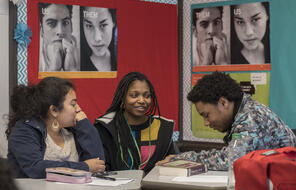
Working for Justice, Equity and Civic Agency in Our Schools: A Conversation with Clint Smith
On-Demand
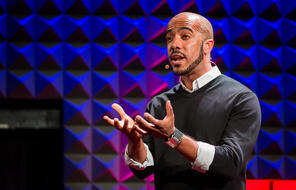
Centering Student Voices to Build Community and Agency
On-Demand
